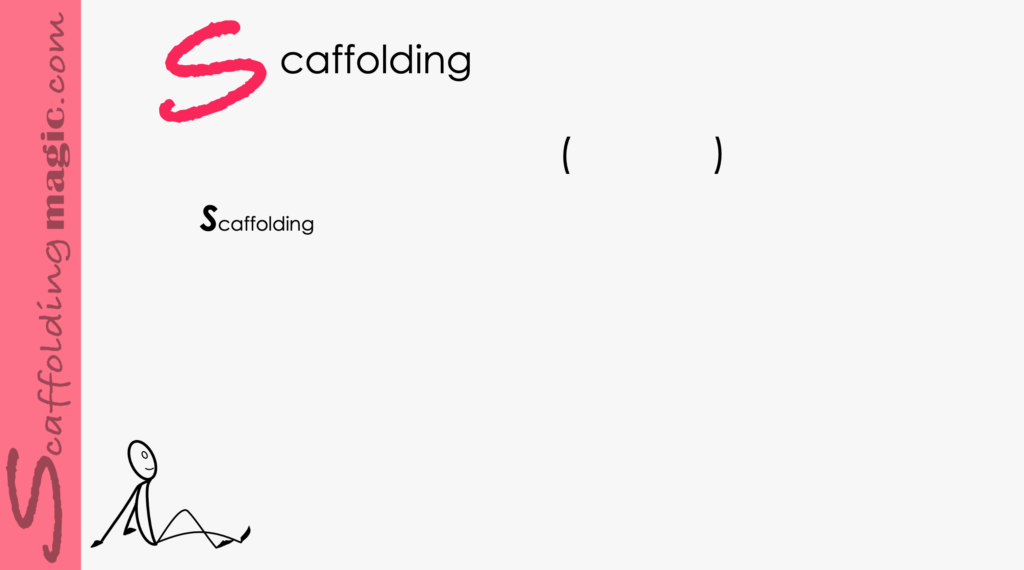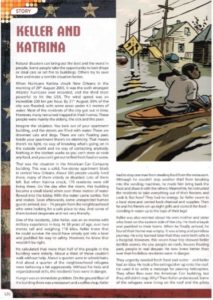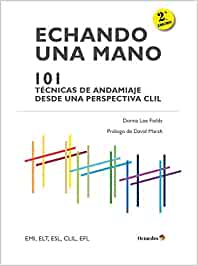You caught a beauty!!!
Download PDF of scaffold here.

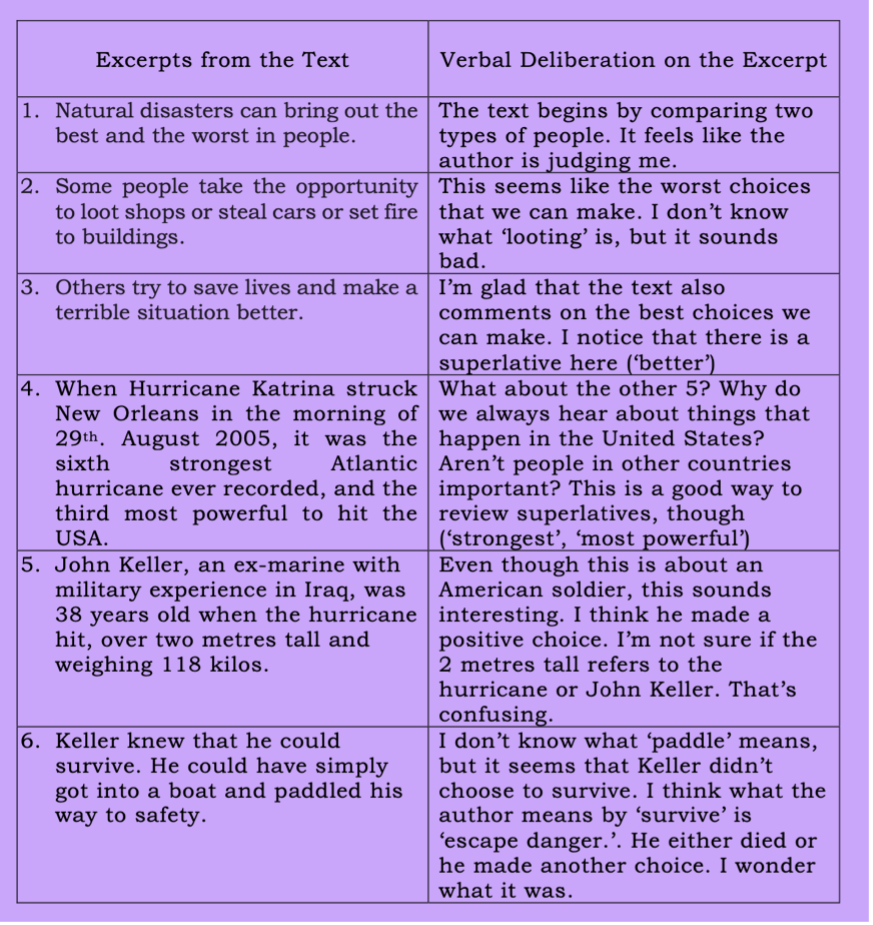
Download PDF of scaffold here.
theory behind scaffold…
Language is the most powerful, most readily available tool we have to paint a portrait, landscape, still life and history of what we experience – realistic and abstract all at once – and one to send out to the world to represent ourselves.* When we show our students how to use language – not only to understand it and analyse it – but to embrace it as a means with which they become connected to understanding and internalising different perspectives in texts, then we’ve given them a critical reading tool they’ll have for life.
This scaffold helps students to become personally involved in whatever text they are asked to read. The technique includes using verbal reasoning to aid in the reading of new material – so that the reader has the opportunity to build a mental representation of the text through critical thinking and deliberation. The active dialogue while reading helps students to maintain active nodes (that might otherwise be passive), and the construct of knowledge then becomes stronger and can be accessed longer.
Excerpts used in most textbooks are written in the passive, and so often devoid of a personal voice. Because of this, being able to connect to them to build empathy or to form a personal connection with the prose – a dynamic that helps the reader assimilate new knowledge more readily – becomes challenging.
This scaffold helps students to become personally involved in whatever text they are asked to read. The technique includes transforming a passive tense into active connection, by using verbal reasoning to aid in the reading of new material. In this way, the reader has the opportunity to build a mental representation of the text by thinking critically and deliberately. The stress on creating an active dialogue helps students to maintain active nodes (that might otherwise be passive). The construct of knowledge, therefore, becomes stronger and can be accessed longer.
Students who have never been formally taught critical reading skills, are challenged with, among other elements, a restricted vocabulary, a decidedly limited knowledge base, a literal (and so limited) interpretation of texts, and an unawareness of how they can monitor their own understanding of what they read.**
The technique presented in this scaffold will serve, to a large extent, to fill in these gaps. The idea is to simulate a social exchange with the absent author.*** The example we give here is from a text in a language book about different homes, and you’ll see how you can adapt it to whatever text you are going to present.
step by step…
- Your students read the text and verbalise their thoughts. You’ll ask them to include, for example:
- any and all clues – deliberate and subversive – that might help them to contextualise the text for themselves.
- grammar, vocabulary, tone of voice, personalisation or lack of, etc
- While students read the text sentence-by-sentence, you want to encourage them to have a continual dialogue about any and all elements they can identify.
- Students take notes during their deliberations. (See example of a verbal deliberation from the table below.)
Example:
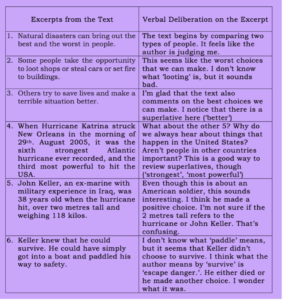
- Using their notes, they record their conversation more fully into a 3-5 minute recording.
- To further emphasise academic language, you can ask them to write a transcript of their recording afterwards.
- Pairs join with other pairs and share their deliberations. They negotiate conclusions and then share these conclusions with the rest of the class.
- Formative Evaluation/Reflection: Answer the following questions inspired by the Question Continuum. These questions ideally address content and methodology.

- Are all disasters caused by humans?
- Which type of natural disasters are most dangerous to humans?
- Who in your team expressed the most interesting observations while you were participating in the verbal deliberations?
- When did Hurricane Katrina hit New Orleans?
- What is the purpose of verbal deliberations?
- How could you have used the activity more to your advantage?
- Why is it important to do a preliminary activity before reading a dense text?
- What if you could predict natural disasters. How would you warn the people in the corresponding areas?
find more scaffolds here…
**Toward a Definition of Verbal Reasoning in Higher Education (pp. 10-11)
***Historical Thinking and other Unnatural Acts (p. 72)


Scaffoldingmagic.com is your entryway into DYNAMIC bilingual learning methodologies, such as Phenomenon-Based Learning, CLIL, EMI, and ESL. You’ll find ways to implement critical thinking tools (DOK) to promote higher level thinking, the growth mindset, instill an ethic of excellence, deep reflection on learning, and all through multi-cultural, interdisciplinary activities. We have the keys to turning competences into action and to creating collective efficacy in your school so you move ahead as a unified, enthusiastic team.

